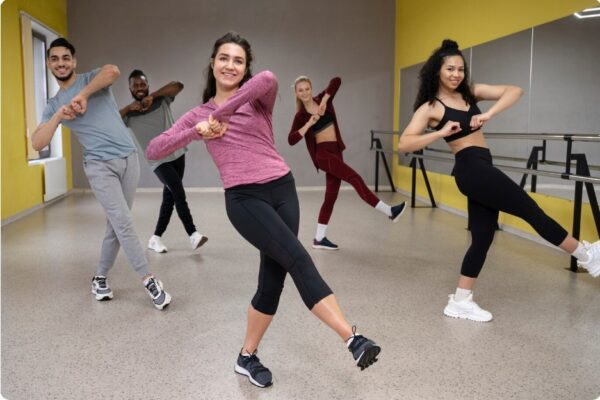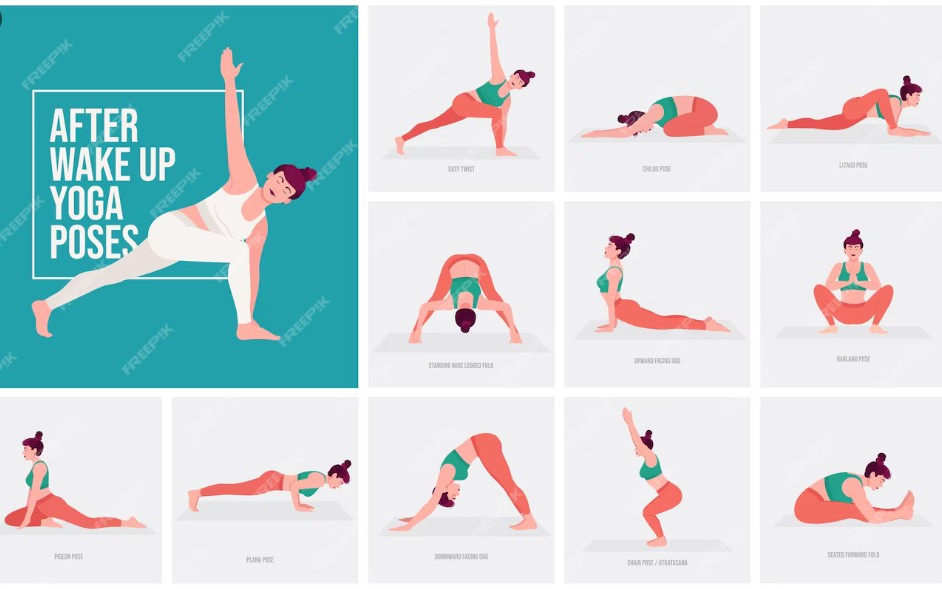You don’t have to run every day to become a better runner. In fact, strategic cross training for runners can be your secret weapon. It builds strength, prevents injury, and keeps your training exciting—even when your running shoes need a rest. In this post, we’ll explore how cross training fits into a runner’s lifestyle, which activities support endurance best, and how to stay consistent without burning out.

In this updated post, I’ll guide you through the key benefits, practical strategies, and personal reflections on what cross-training for runners actually looks like in real life. I’ll also share how I personally make it work during busy weeks, what I recommend to beginner runners, and how cross training saved me from more than one injury-related setback.
💪 Why Cross Training Helps Runners Go Further

When I first started running seriously, I thought logging more miles was the only way to improve. But every time I ramped up too fast, I’d feel little aches—knees, hips, or ankles. That’s when I started exploring cross training. And wow, did it change everything.
Cross training gives your joints a break while still challenging your cardiovascular system. That means you get stronger, build stamina, and reduce your risk of overuse injuries. Activities like cycling, swimming, and strength training target different muscle groups that running alone can’t fully engage.
Not only does this make your body more resilient—it can also make you faster. A strong core and glutes, for example, support better running form and reduce fatigue late in the race. Runners often underestimate how much your upper body and core matter during long distances—until you hit mile 20 and feel everything start to collapse.
One of my favorite combinations is a long Sunday run followed by a recovery swim on Monday. It feels like a reset button for both body and mind. I’ve come to look forward to those Monday swims almost as much as my long runs.
🎥 Behind the scenes of my training – watch now on YouTube: Marathon Training Buddy
🧠 Mind Over Mileage – Mental Benefits of Variety

Cross training can also break the mental grind. Let’s face it—running every day can start to feel monotonous, especially during the winter months or when your motivation dips.
Adding new activities keeps things fresh and playful. I remember one season when I joined a weekly spinning class with friends. We’d laugh, sweat, and push each other, and I’d leave with the same post-run high, just on a bike instead.
Mental recovery is just as important as physical. A new setting or movement can spark creativity and bring joy back into training. Some of my best ideas for blog posts or training tweaks have come during yoga sessions or on the rowing machine.
It’s not about replacing your love of running—it’s about creating a fuller training experience. If you’re mentally fresh, you’re much more likely to stay consistent, which is where all the magic happens.
🏋️♀️ Strength Work: The Secret Sauce

Strength training often gets overlooked by runners. But ask any experienced marathoner or coach, and they’ll tell you—it’s essential.
You don’t need fancy gym equipment. Bodyweight exercises like squats, lunges, planks, and glute bridges can go a long way. I like to include 20–30 minutes of strength work twice a week. It’s amazing how much better I feel when I’m consistent with this.
Stronger muscles support better posture and reduce your chance of fatigue-related injuries. Additionally, as we age, muscle loss accelerates—so maintaining strength is crucial for long-term running health.
Personally, I think of strength work as insurance. You may not feel the benefits overnight, but over time, it adds up to fewer injuries, better form, and more powerful strides.
🏠 Home Workouts vs. Gym Training

I used to think I needed a full gym membership to train properly. However, over time, I discovered that some of the best workouts can be done right in my living room—or even outside with just a mat and a resistance band.
Home workouts are perfect for busy schedules. You can squeeze in 20 minutes before work or while dinner’s in the oven. You’re more likely to stay consistent when things are convenient. Even a short strength or core session adds real value to your weekly volume.
Gym training, on the other hand, gives access to heavier weights, machines, and community. I’ll often use the gym during winter when it’s icy outside and my motivation needs a boost.
There’s no “one-size-fits-all” here. Pick what fits your life right now. The best workout is the one you’ll actually do—and keep doing.
🚴♂️ Best Cross Training Activities for Runners

Here are some of the best cross training activities I’ve tried (and recommend):
- Cycling – Great low-impact cardio. Builds quad and hamstring strength.
- Swimming – Total-body workout that improves lung capacity and posture.
- Elliptical – Mimics the running motion without pounding.
- Rowing – Fantastic for back, arms, and stamina.
- Yoga – Improves flexibility, breathing, and mental focus.
- Pilates – Targets core and balance.
- Hiking – Great cross training that’s also meditative.
Mixing these in keeps things exciting. Some weeks I’ll cycle midweek and hit a yoga class on Sunday. It depends on how my body feels and what I need.
Don’t be afraid to experiment. One runner’s perfect match might be another’s frustration. Find what brings you energy and joy—and build from there.
📅 How to Fit Cross Training into Your Running Schedule

The key is balance. If you’re training for a marathon, running will still be your priority—but even then, cross training can support your progress.
Here’s one possible weekly layout:
- Monday – Recovery swim or light yoga
- Tuesday – Interval run
- Wednesday – Strength session
- Thursday – Tempo run
- Friday – Rest or short walk
- Saturday – Cross training (bike, hike, etc.)
- Sunday – Long run
This isn’t rigid—adjust based on how your body feels. Just make sure your total load (run + cross training) doesn’t leave you exhausted. The goal is to complement your running, not replace it.
On busy weeks, I sometimes shorten a run and add a 15-minute kettlebell session instead. Or I’ll switch a tempo run for a longer elliptical session if I feel a twinge coming on.
⏳ When to Prioritize Cross Training

Some seasons of life (and training) call for more cross training than others:
- Injury recovery – Staying active without stressing healing tissues.
- Post-race recovery – Low-impact movement helps circulation and muscle repair.
- Off-season – Keeps base fitness without the mental toll of structured runs.
- High-stress weeks – When life gets busy, swapping a run for yoga can be the best form of self-care.
Another overlooked time to lean into cross training? When you’re on vacation. Rather than skip workouts altogether, I’ll often rent a bike or do a beach bodyweight circuit. You stay active, keep the habit, and come back ready to hit the road.
Remember: running longevity is built on smart decisions, not just sheer willpower.
✨ Final Thoughts

Cross training for runners is more than a “nice to have”—it’s a key pillar in becoming a well-rounded, resilient athlete. By mixing movement styles, protecting your joints, and refreshing your mind, you’re setting yourself up for consistent, joyful miles.
I’ve learned that success in running often comes from what you do when you’re not running. That’s where the magic of cross training lives. It’s the support system that allows you to show up fully when it’s time to lace up your shoes.
Whether you’re chasing a PR or just trying to stay injury-free, don’t underestimate the power of variety.
“Your strongest miles are often built on the strength you gain between runs.”
🧠 FAQ – Cross Training for Runners
Q: How many days a week should I cross train?
A: 1–3 sessions a week is ideal depending on your training load and goals.
Q: Can I substitute a run with cross training?
A: Yes, especially during injury, recovery weeks, or if you’re feeling overtrained.
Q: What’s the best cross training activity for beginners?
A: Cycling or swimming are great low-impact starters.
Q: Should I do strength training on run days or rest days?
A: Preferably on run days—this keeps your rest days truly restful.
Useful links:
- Proper Running Form
- Post Marathon Recovery
- Your Runners Diet
- Training Schedule
- Motivational Tips
- Healthline – Cross-Training is effective for all Athletes
💬 Did this post help you rethink your training week?
If you know a runner who’s pushing too hard—or forgetting how powerful cross training can be—share this post with them. It might be the spark that keeps them strong, injury-free, and loving the run 🏃♀️💪✨





